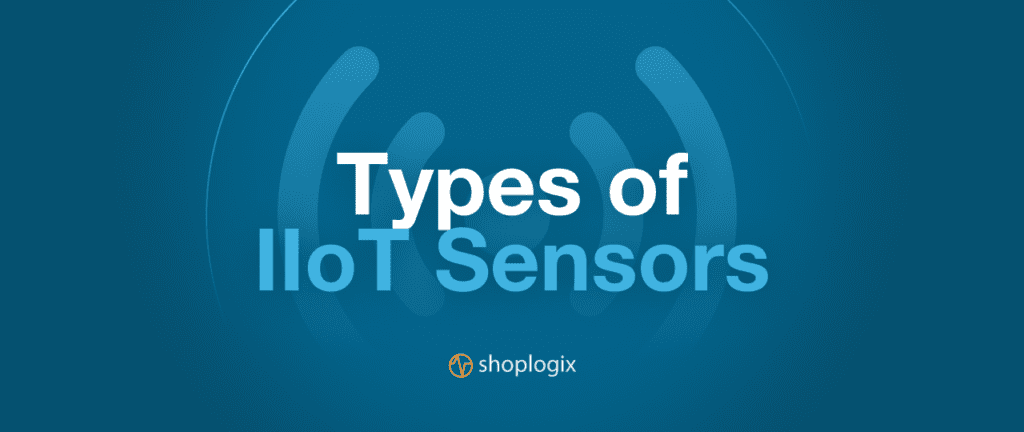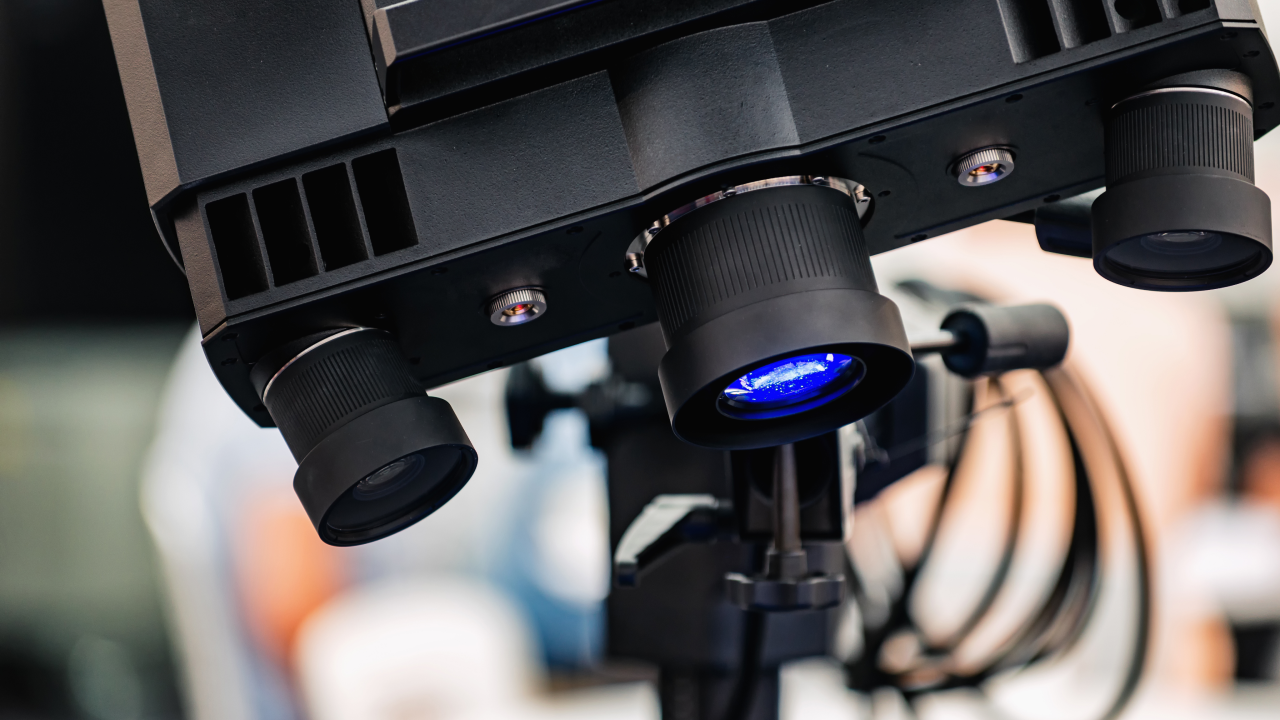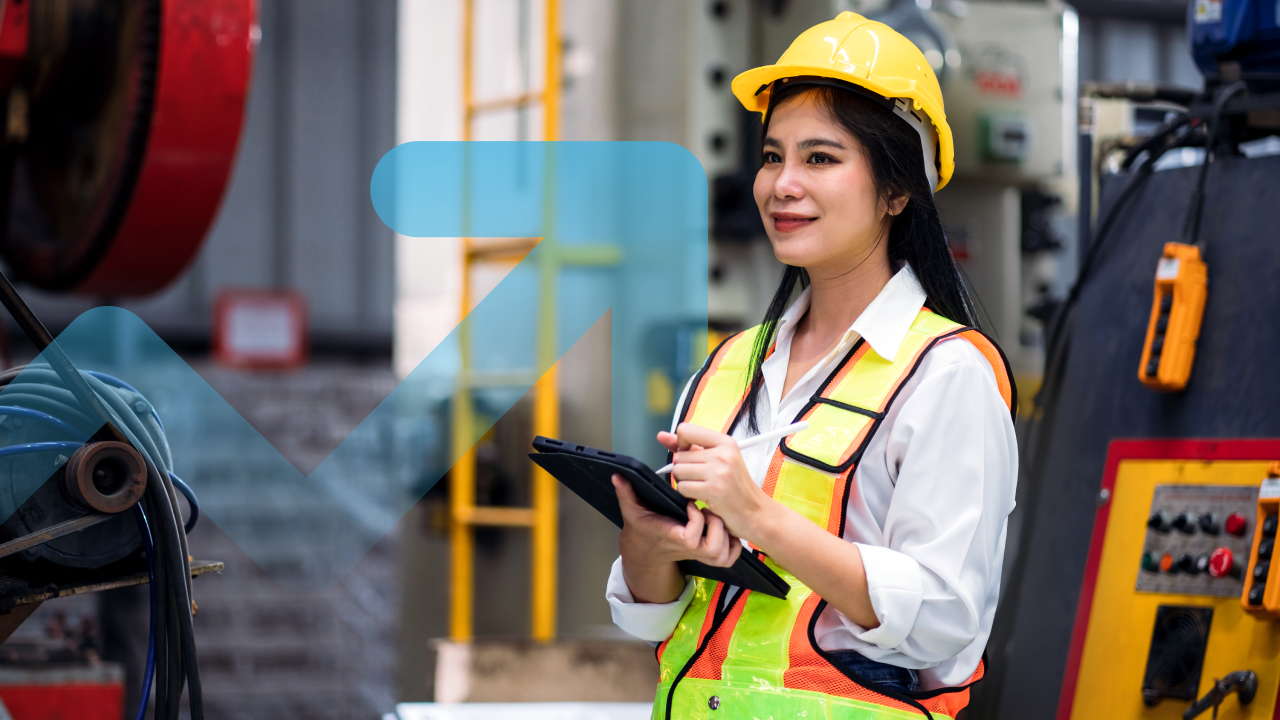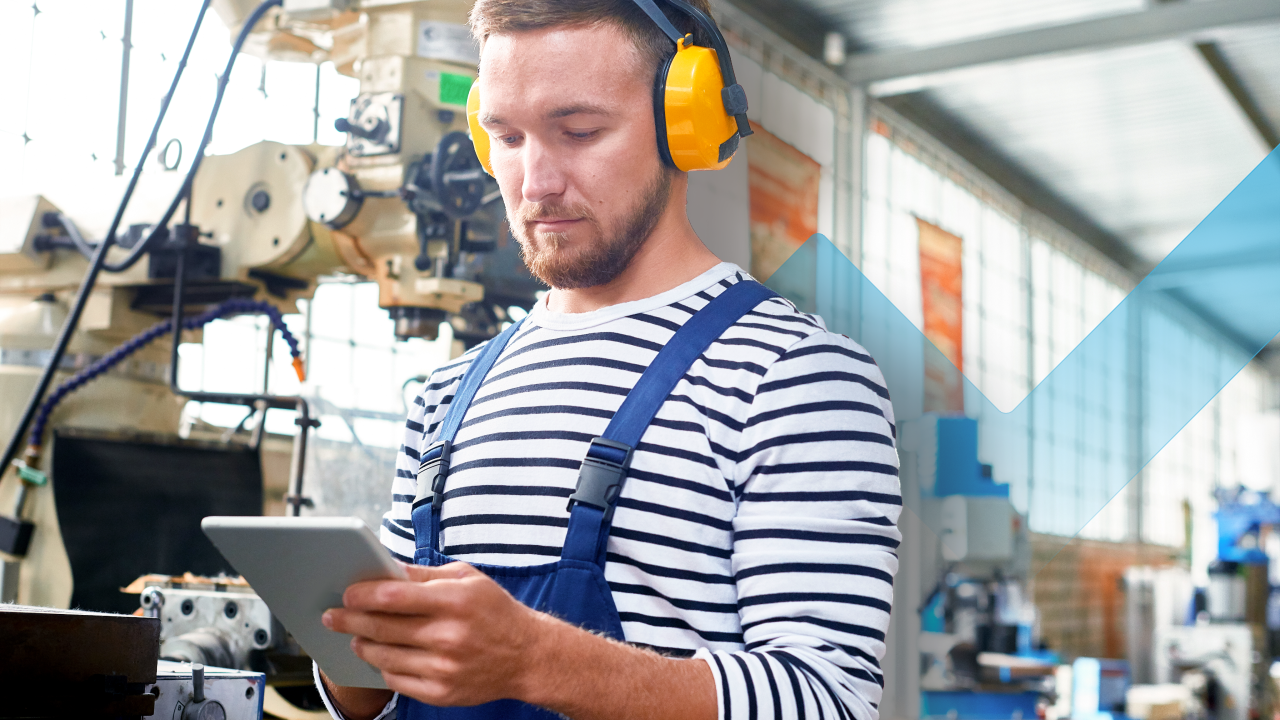Real-time data is crucial for making informed decisions in manufacturing operations. IIoT sensors provide this continuous stream of insights by monitoring the performance and health of critical assets and processes. Discover how these powerful sensors are transforming industrial operations, driving efficiency gains, reducing downtime, and unlocking new competitive advantages.
What are Industrial IoT Sensors?
IIoT (Industrial Internet of Things) sensors are the foundational components of the IIoT ecosystem, performing the critical “sensing” function by measuring and monitoring various conditions within industrial environments. These sensors act as the eyes and ears of the system, collecting data and gathering vast amounts of data points from the field and seamlessly integrating with other IIoT components, such as gateways and cloud platforms.
By continuously measuring parameters such as temperature, pressure, vibration, and energy consumption, these sensors provide invaluable insights into the performance and health of industrial assets.
The Transformative Power of Real-Time Data
The true value of IIoT sensors lies in their capacity to generate real-time data streams, enabling unprecedented visibility into industrial operations. This real-time data empowers organizations to:
Monitor Asset Performance: Continuously track the performance of critical assets and monitor equipment, enabling proactive maintenance strategies and minimizing unplanned downtime.
Optimize Processes: Identify inefficiencies, bottlenecks, and areas for improvement within production processes, facilitating data-driven optimization and continuous improvement initiatives.
Enhance Quality Control: Closely monitor product quality throughout the manufacturing lifecycle, enabling early detection and resolution of quality issues.
Drive Energy Efficiency: Monitor energy consumption patterns and identify opportunities for energy conservation, contributing to sustainability goals and cost savings.
Enable Predictive Analytics: By capturing vast amounts of historical and real-time data, IIoT sensors lay the foundation for advanced predictive analytics, allowing organizations to anticipate potential issues and take proactive measures.

Types of IIoT Sensors in Manufacturing
Manufacturing operations rely on various types of IIoT sensors to monitor critical parameters, ensure product quality, and prevent equipment failures. Some of the most commonly used IIoT sensors in manufacturing include:
Gas Sensors
Gas sensors are crucial for detecting gas leaks and overexposure in facilities, especially for organizations dealing with gaseous substances. These sensors help in maintaining safety standards and preventing hazardous incidents.
Infrared Sensors
Infrared sensors have various uses and applications, including assessing the surrounding environment through the emission and detection of infrared radiation. They are prevalent in wireless tools for remote controlling functions and can be integrated with other tools for improved performance.
Security Sensors
Security sensors play a vital role in detecting trespassers and unwanted visitors. Typically installed near windows and doors, these sensors monitor motion and alert security in case of detected movement, enhancing the overall security of the facility.
Temperature and Humidity Sensors
Temperature and humidity sensors are essential in improving efficiency and productivity in industrial IoT projects. These sensors help organizations by providing accurate environmental data, which is crucial for maintaining optimal operating conditions and ensuring product quality.
Proximity Sensors
Proximity sensors detect the presence, absence, or distance of objects from a specific point. In manufacturing, they are used to:
- Prevent collisions between moving parts or machinery
- Monitor the positioning of components or materials
- Automate processes by detecting the presence of objects
Humidity Sensors
Humidity sensors measure and monitor the moisture levels in the air or specific environments. They are crucial in manufacturing for:
- Ensuring product quality in humidity-sensitive processes (e.g., food, pharmaceuticals).
- Preventing condensation on factory floors, which can create safety hazards.
- Monitoring drying processes or controlled environments.
Pressure Sensors
Pressure sensors measure the force exerted by gasses or liquids within a confined space or system. They are employed in manufacturing to:
- Monitor and control pressure levels in hydraulic or pneumatic systems.
- Detects leaks or blockages in pipes or valves.
- Ensure proper functioning of equipment and prevent damage.
Vibration Sensors
Vibration sensors detect and measure vibrations in rotating machinery, such as motors, pumps, and compressors. They are essential for:
- Predictive maintenance by identifying abnormal vibration patterns.
- Early detection of potential equipment failures or imbalances.
- Enabling timely maintenance to avoid significant asset downtime.
Ultrasonic Sensors
Ultrasonic sensors are commonly used in manufacturing for distance measurement, object detection, and level monitoring. They can be employed for:
- Detecting the presence or absence of objects on a production line.
- Measuring the level of liquids or solids in tanks or containers.
- Monitoring the position or alignment of components during assembly processes.
- Ensuring proper spacing or clearance between moving parts or machinery.
Air Quality Sensors
Air quality sensors are crucial for monitoring and maintaining a safe and healthy working environment in manufacturing facilities. They can detect and measure:
- Levels of harmful gasses, such as carbon monoxide, nitrogen oxides, or volatile organic compounds (VOCs)
- Particulate matter (PM) concentrations, including dust, smoke, or fumes.
- Relative humidity and temperature, which can impact air quality.
Temperature Sensors
Temperature sensors measure the temperature of machinery, equipment, processes, or the surrounding environment. They are used in manufacturing for:
- Monitoring thermal processes or temperature-sensitive operations
- Detecting overheating or cooling issues in equipment
- Ensuring optimal operating conditions for processes and machinery
Flow Sensors
Flow sensors measure the rate of fluid or gas flow in pipes, valves, and other components. They are crucial for:
- Monitoring and controlling processes involving the transfer of liquids or gasses
- Detecting leaks or blockages in fluid systems
- Ensuring proper flow rates for efficient operations
Many IIoT sensor manufacturers, such as ifm, offer smart sensors specifically designed for industrial applications. These smart sensors can collect and transmit data directly to the cloud, enabling real-time monitoring, control, and integration with other IIoT components.
By strategically deploying these various types of IIoT sensors throughout manufacturing facilities, organizations can gain unprecedented visibility into their operations, enabling predictive maintenance, process optimization, quality control, and data-driven decision-making.
Importance of IIoT Sensors in Industrial Operations
IIoT (Industrial Internet of Things) sensors play a crucial role in enhancing efficiency, productivity, and safety within industrial operations. Their ability to capture real-time data from various sources enables organizations to gain valuable insights and make informed decisions. The importance of IIoT sensors can be highlighted in the following areas:
Efficiency and Productivity
- IIoT sensors provide real-time visibility into production processes, enabling manufacturers to identify inefficiencies, bottlenecks, and areas for optimization.
- By continuously monitoring asset performance, IIoT sensors help reduce downtime and increase productivity through proactive maintenance strategies.
- The data collected by IIoT sensors empowers organizations to make data-driven decisions, leading to improved overall equipment effectiveness (OEE) and operational efficiency.
Predictive Maintenance
- IIoT sensors are instrumental in enabling predictive maintenance strategies by monitoring various conditions on equipment, such as temperature, vibration, and pressure.
- Data from IIoT sensors is analyzed using advanced algorithms to predict potential equipment failures, allowing for timely maintenance and minimizing unplanned downtime.
- Predictive maintenance facilitated by IIoT sensors helps extend asset lifespan, reduce maintenance costs, and improve overall equipment reliability.
Safety and Security
- IIoT sensors can detect potential hazards, such as gas leaks, overexposure to harmful substances, or equipment malfunctions, posing immense danger to employees and the business.
- By continuously monitoring environmental conditions and equipment performance, they contribute to ensuring the safety of employees and the facility.
- Data from these sensors can be integrated with security systems, enabling real-time monitoring and prompt response to potential threats or breaches.
Implementing Industrial IoT Sensors in Industrial Operations
Getting Started
Integrating Industrial Internet of Things sensors into manufacturing operations is a crucial step towards achieving real-time visibility, predictive maintenance, and operational optimization. These sensors can be deployed to monitor a wide range of industrial equipment, processes, and environmental conditions, including:
- Production machinery and assembly lines
- HVAC systems and facility infrastructure
- Material handling and logistics operations
- Environmental factors like temperature, humidity, and air quality
To get started, manufacturers should strategically identify the critical parameters and assets that require monitoring, and then select the appropriate IIoT sensors to capture the relevant data.
Sensor Deployment and Data Collection
Once the necessary IIoT sensors are procured, they must be properly installed and integrated into the existing infrastructure. This may involve retrofitting legacy equipment or incorporating sensors during the commissioning of new assets. Proper installation and calibration are essential to ensure accurate and reliable data collection.
The IIoT sensors will continuously collect data points, often at high frequencies, capturing real-time insights into the performance and condition of the monitored assets or processes. This data must be securely transmitted to gateways, edge devices, or cloud platforms for further processing and analysis.
Monitoring and Data Analysis
To unlock the full potential of IIoT sensors, manufacturers must implement robust monitoring and data analysis capabilities. This can be achieved through:
1. Data Visualization: Presenting sensor data in intuitive dashboards and visualizations, enabling real-time monitoring and identification of anomalies or trends.
2. Advanced Analytics: Leveraging machine learning and predictive analytics techniques to analyze sensor data, identify patterns, and predict potential issues or maintenance requirements.
3. Integrated Monitoring: Bringing IIoT sensor data into a larger monitoring concept that includes Operational Technology (OT) and Information Technology (IT) systems, enabling a holistic view of industrial operations.
Best Practices
To ensure successful implementation and maximize the benefits of IIoT sensors, manufacturers should follow these best practices:
Scalability: Implement a scalable IIoT infrastructure that can accommodate future growth and the addition of new sensors or data sources.
Data Quality: Establish processes for data validation, cleansing, and quality assurance to ensure accurate and reliable insights.
Security and Compliance: Implement robust cybersecurity measures and adhere to relevant industry standards and regulations for data privacy and security.
Integration and Interoperability: Ensure seamless integration of IIoT sensor data with existing systems, such as Manufacturing Execution Systems (MES), Enterprise Resource Planning (ERP), and other operational platforms.
Continuous Improvement: Regularly review and optimize IIoT sensor deployment, data collection, and analysis processes to drive continuous improvement and adapt to changing operational needs.
By following these best practices and leveraging the power of IIoT sensors, manufacturers can gain a competitive edge through real-time operational visibility, predictive maintenance capabilities, and data-driven decision-making, ultimately leading to increased efficiency, reduced downtime, and improved overall performance.
What You Should Do Next
Explore the Shoplogix Blog
Now that you know more about Industrial IoT Sensors, why not check out our other blog posts? It’s full of useful articles, professional advice, and updates on the latest trends that can help keep your operations up-to-date. Take a look and find out more about what’s happening in your industry. Read More
Request a Demo
Learn more about how our product, Smart Factory Suite, can drive productivity and overall equipment effectiveness (OEE) across your manufacturing floor. Schedule a meeting with a member of the Shoplogix team to learn more about our solutions and align them with your manufacturing data and technology needs. Request Demo
















